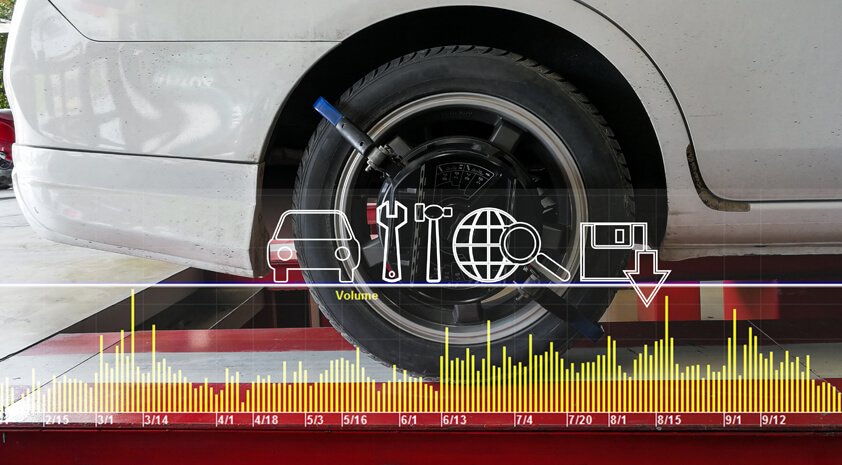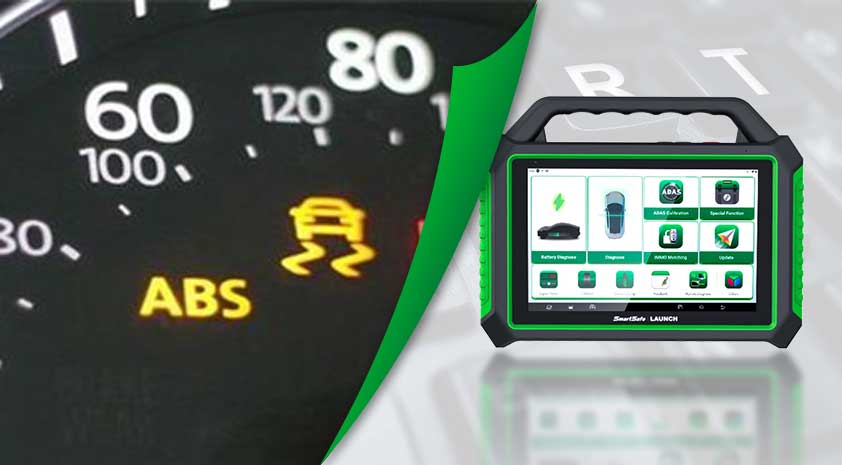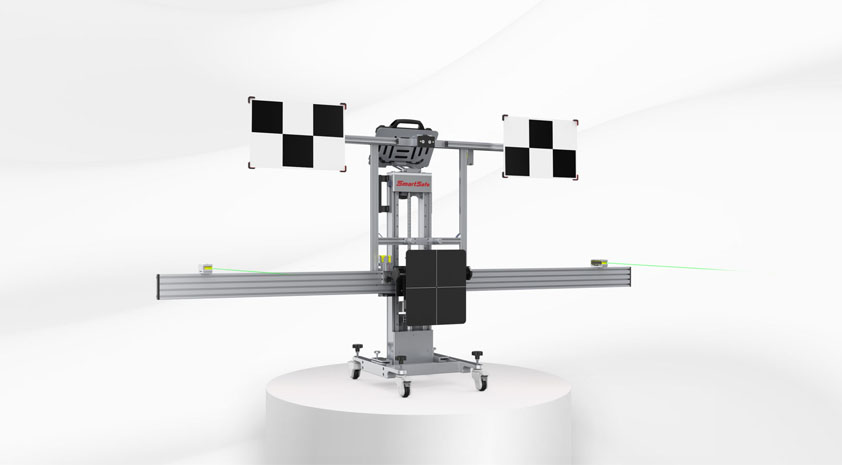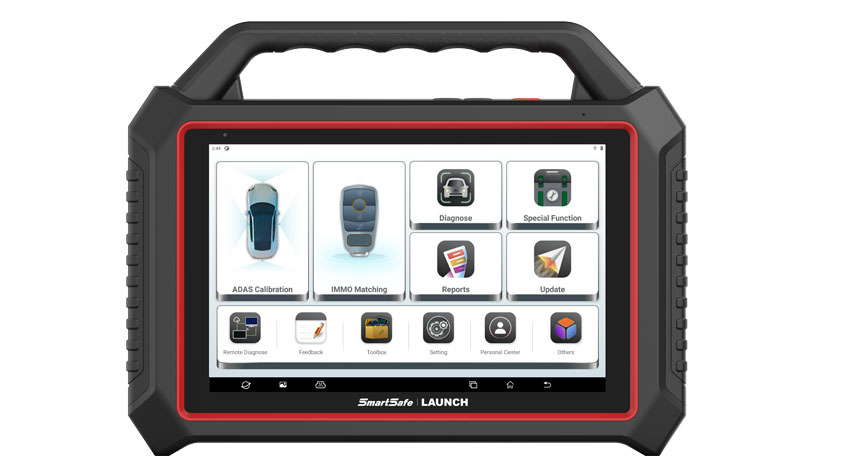Today, let's learn about the definition of calibrating tpms sensors, the process, tools and under what circumstances we need to calibrate tpms sensors!
Calibrate TPMS (Tire Pressure Monitoring System) refers to the process of adjusting or setting the reference value of the TPMS sensor in the tire of the vehicle. During calibration, the system establishes a baseline reference for each tire's "normal" or correct tire pressure. This baseline is used to compare real-time pressure readings from the TPMS sensor. If the actual pressure reading deviates significantly from the established reference value, The warning light on the instrument panel may be triggered, and the TPMS system uses this method to alert the driver that there may be a problem with tire pressure.
Many people wonder whether the TPMS sensor needs to be calibrated? Of course! TPMS sensors require calibration in some cases. Proper calibration ensures that the sensor measures tire pressure accurately and provides reliable data to the vehicle's onboard computer. The following situations require calibration of the TPMS sensor:
1. Tire replacement: When replacing a tire, we need to calibrate the new tire to ensure that the new sensor can be recognized and its readings are accurate. New tires may have different sensor codes, or may need to be associated with the correct TPMS sensor.
2. Tire Rotation: Swapping a tire to a different position on the vehicle, the TPMS sensor needs to be recalibrated to match the new tire position. This is critical to maintaining accurate pressure readings.
3. Replacing the wheels: Replacing a vehicle's wheels will most likely involve replacing the TPMS sensor. In this case, calibration is necessary to associate the new sensor with the correct location and ensure accurate readings.
4. Incorrect readings are suspected: If inaccurate TPMS readings are suspected, calibrating the sensor can help reset its reference value and improve accuracy.
Not all TPMS systems require manual calibration, some vehicles have automated systems that can calibrate themselves and recognize new sensors without human intervention. Consult your vehicle's owner's manual or seek the direction of a qualified technician before calibrating your TPMS sensor. Properly performed calibration of TPMS sensors can help drive safely, optimize tire performance and improve fuel efficiency.

Calibrating the TPMS sensor involves the following steps:
① Initialization: Starts the calibration procedure, which may vary by brand and model. This could include turning the ignition key to a specific position, following a specific sequence, or using a specific tool.
② Learning reference value: TPMS system needs to "learn" the current tire pressure reading as a new reference value. This is usually done when the tires are at the correct pressure level.
③ Sensor identification: If the tires have been replaced or moved, the system may identify the TPMS sensor opposite to each tire position. This ensures accurate readings for each tire.
④ Reset System: Clear any existing error codes or warnings and start over with recalibrated sensor data.
⑤ Verification: After calibration, some systems may require you to drive the vehicle at a specific speed to verify the sensor readings.
Properly calibrated TPMS sensors help maintain accurate tire pressure readings, and proper tire pressure is important for safe driving, optimal fuel efficiency, and extended tire life.
What tools can we use when calibrating TPMS sensors? Some vehicles come with an automatic TPMS system that does not require manual calibration, while others may require specific tools for manual calibration. Here are some tools available for TPMS sensor calibration:
Some vehicles require a dedicated TPMS tool to initiate the calibration process. These tools can communicate with TPMS sensors and the vehicle's on-board computer to perform tasks such as sensor identification, resetting reference values, and more.
There are some advanced OBD-II (On Board Diagnostics) scanners that can communicate with TPMS systems and provide calibration. Connect the scanner to the vehicle's OBD-II port to perform various diagnostic and programming tasks, including TPMS calibration.
Some vehicle calibration procedures may require specific software provided by the vehicle manufacturer. The software can be accessed through a reseller or authorized service center.
For some vehicles, the TPMS calibration can be initiated with a specific button or control on the dashboard, steering wheel or center console. The vehicle's owner's manual will provide instructions on how to use these controls for calibration.
Today, many modern vehicles are equipped with automated systems that recognize new sensors and automatically adjust reference values. If you are unsure of the tools needed for TPMS sensor calibration on your particular vehicle, consult your vehicle owner's manual or consider seeking assistance from a professional mechanic or dealer. Using the correct tools and following the correct procedures will ensure that the calibration is done accurately and safely.
Return


